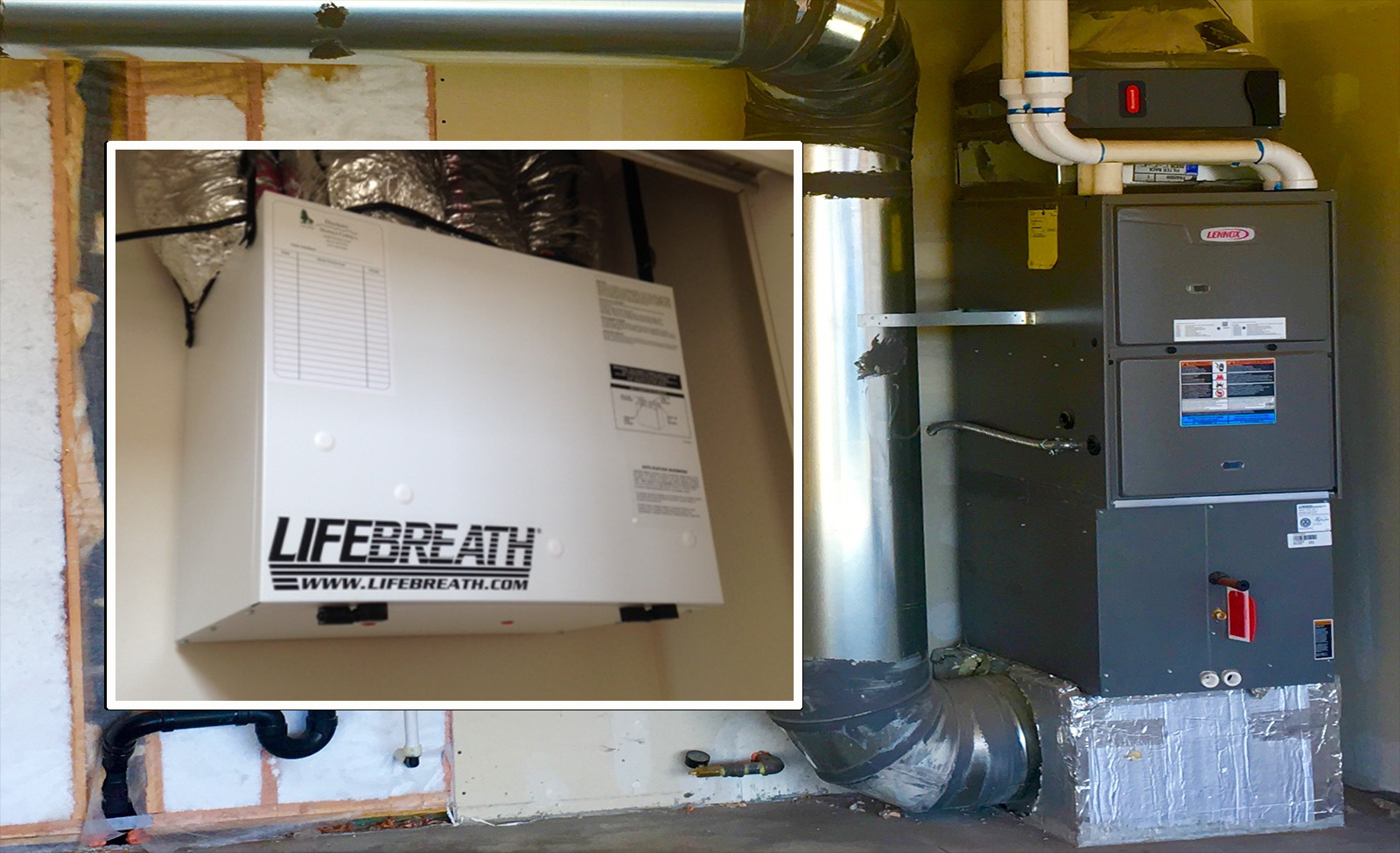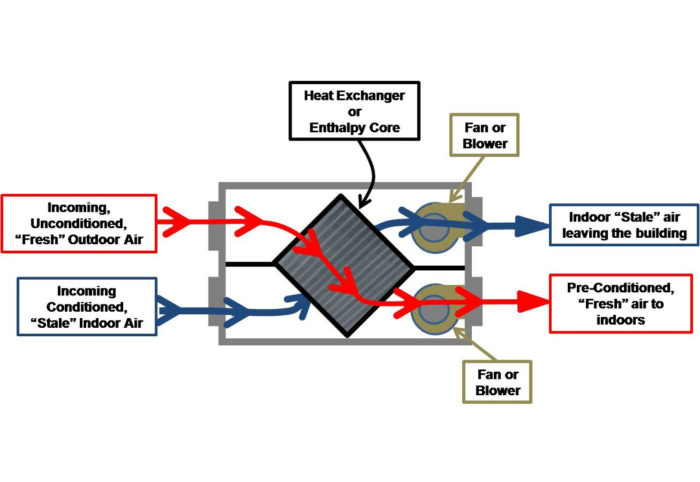The All-Inclusive Guide to the Uses of Heat Recovery Ventilation in Modern Structures
Heat Recovery Ventilation (HRV) systems represent a substantial improvement in building modern technology (HRV Heat Recovery Ventilation). They offer an approach for exchanging stagnant indoor air with fresh exterior air while lessening power loss. This technique not only boosts indoor air top quality yet likewise contributes to power efficiency in both household and commercial structures. Recognizing the various applications and benefits of HRV can disclose its crucial duty in modern layout and sustainability efforts. The implications of this innovation deserve exploring additionally
Understanding Heat Recovery Ventilation Solutions

Lots of modern-day structures focus on power effectiveness, recognizing warmth recuperation ventilation (HRV) systems is crucial for enhancing interior air top quality and reducing energy consumption. HRV systems work by moving warmth from stagnant indoor air to incoming fresh air, successfully keeping comfortable interior temperature levels while minimizing energy loss. These systems contain a heat exchanger, fans, and ductwork that promote the circulation of air. During winter, HRV devices catch and reuse warm from the outbound air, while in summer season, they can aid cool inbound air. By continually exchanging air, HRV systems also reduce humidity and the focus of interior toxins. Correct setup and maintenance of HRV systems are vital for their effectiveness and effectiveness in boosting total building performance and convenience.
Advantages of Heat Recovery Ventilation
Heat recovery ventilation systems provide various benefits that enhance both energy efficiency and indoor air top quality in contemporary buildings. By capturing and reusing energy from exhaust air, these systems substantially lower cooling and heating expenses, resulting in lower energy intake. They keep a stable circulation of fresh outside air, decreasing the danger of interior air contaminants and allergens. This continual exchange assists regulate moisture degrees, preventing mold and mildew growth and making sure a healthier living setting. Furthermore, HRV systems contribute to sustainability goals by lowering general carbon footprints. Their capability to optimize ventilation without giving up thermal comfort makes them a valuable addition to modern building design, advertising both financial and ecological advantages.
Applications of HRV in Residential Structures
As house owners progressively prioritize energy performance and indoor air quality, the applications of heat healing ventilation (HRV) systems in domestic structures have come to be extra common. HRV systems are particularly useful in snugly secured homes, where maintaining fresh air blood circulation is vital for stopping dampness accumulation and interior toxins. They effectively move warmth from outgoing stale air to incoming fresh air, decreasing power expenses connected with heating & cooling. In addition, HRVs can boost convenience degrees by controling moisture and temperature level. They are likewise adaptable for different residential layouts, including single-family homes and multi-unit structures. Generally, incorporating HRV systems supports sustainable living methods while making sure a much healthier interior setting for owners.
HRV in Commercial and Industrial Setups
In business and commercial setups, the execution of warmth recovery air flow (HRV) systems has ended up being increasingly you can look here essential for optimizing energy performance and maintaining air high quality. These systems effectively transfer warm from exhaust air to incoming fresh air, lowering the requirement for additional home heating or cooling. This not only decreases energy costs however likewise adds to sustainability initiatives. Industries such as manufacturing, warehousing, and office structures profit substantially from HRV systems, as they help control temperature level and moisture degrees, making sure a comfy and effective environment. HRV systems aid in eliminating contaminants and excess moisture, enhancing interior air quality. As laws around air top quality become more stringent, the adoption of HRV technology is most likely to expand, making it an essential element of modern-day commercial and industrial framework.
Future Patterns in Heat Recovery Ventilation Modern Technology

Frequently Asked Questions
Just How Does Heat Recovery Ventilation Influence Indoor Air Quality?
Heat recovery ventilation significantly enhances indoor air quality by constantly exchanging stagnant indoor air with fresh outside air while recuperating energy. This process minimizes contaminants, preserves excellent humidity degrees, and ensures a healthier setting for owners.
Can HRV Equipments Be Installed in Existing Structures?
HRV systems can without a doubt be mounted in existing buildings. Retrofitting might need adjustments to ductwork and ventilation formats, however it considerably boosts power efficiency and interior air high quality, making it a viable alternative for older frameworks.
What Maintenance Is Needed for HRV Systems?

Exist Particular Climates Where HRV Is Extra Effective?
Heat recovery ventilation systems are specifically efficient in climates with significant temperature level differences in between seasons. These systems enhance energy efficiency by recuperating warm from exhaust air, making them perfect for both cool and moderately warm settings.
How Do HRV Equipments Affect Energy Bills?
